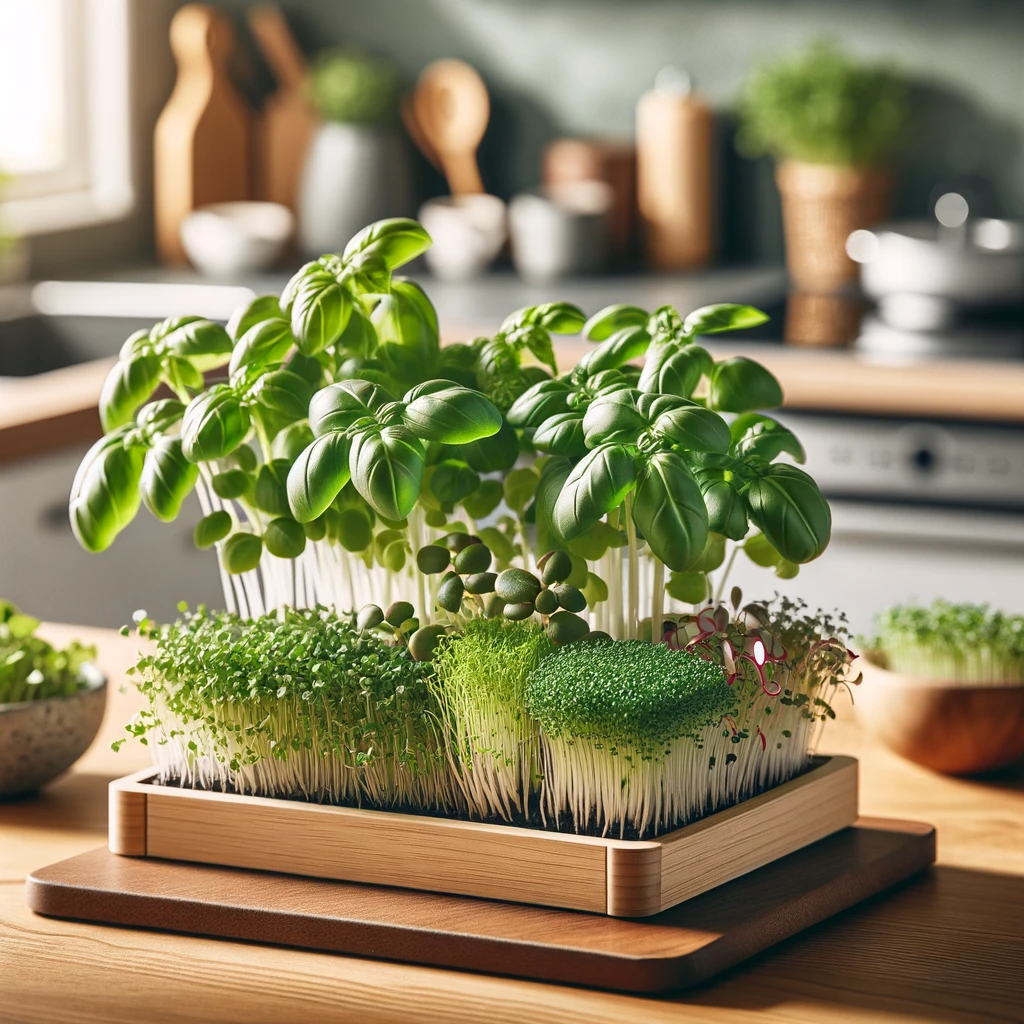In a world where we are seeking sustainable solutions for environmental and health issues, microgreens are emerging as a promising answer. These tiny plants are not just superfoods, but also mini oxygen factories, having the potential to revitalize both our bodies and the surrounding environment.
Microgreens as superfood
Microgreens, such as broccoli sprouts, peas, and radishes, are loaded with vitamins, minerals, and antioxidants. Unlike mature vegetables, they concentrate nutrients in a much smaller space, offering a higher nutritional density. This makes them ideal for a healthy and balanced diet.
Producers of oxygen and air purifiers
Beyond their nutritional benefits, microgreens are also excellent sources of oxygen. Through the process of photosynthesis, they convert carbon dioxide into oxygen, contributing to the improvement of indoor air quality. In small spaces, such as urban apartments, growing microgreens can be an efficient way to purify the air, while also providing a fresh source of food.
Sustainability and ecological impact
Microgreens are also an excellent example of sustainable agriculture. They require less water and space compared to traditional crops and can be efficiently cultivated in hydroponic systems or at home. Thus, they reduce the need for long-distance transportation, minimizing the carbon footprint associated with food production and distribution.
Conclusion
Microgreens are true treasures of nature, offering multiple benefits for our health and the planet. By including them in our diet and growing them at home, we can take significant steps towards a healthier lifestyle and a cleaner environment.


